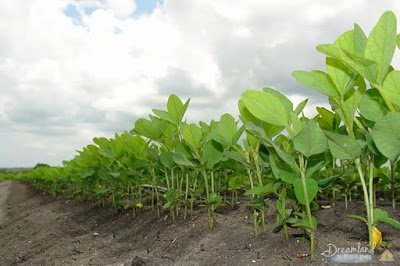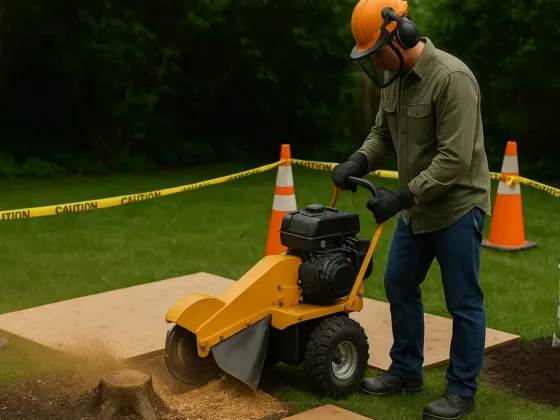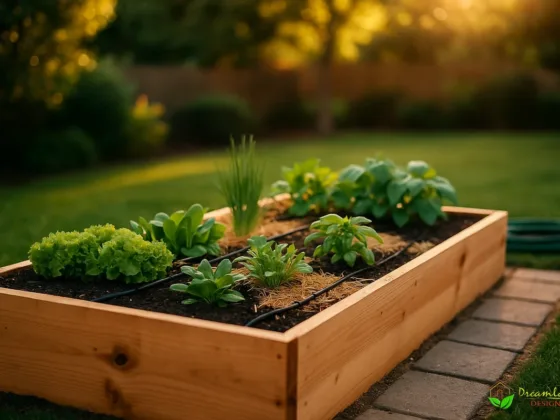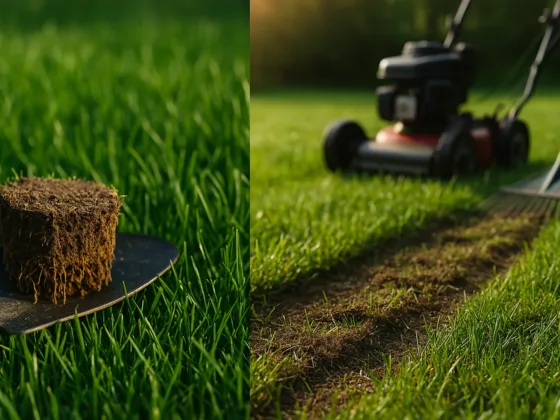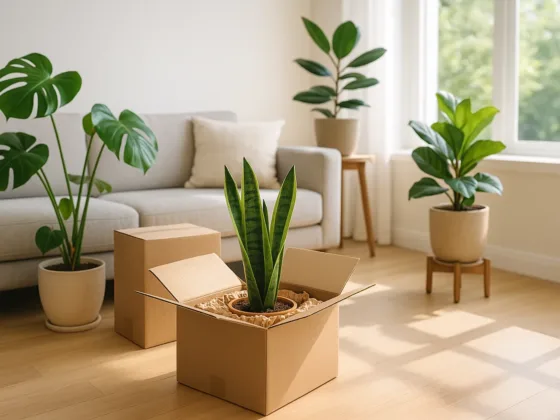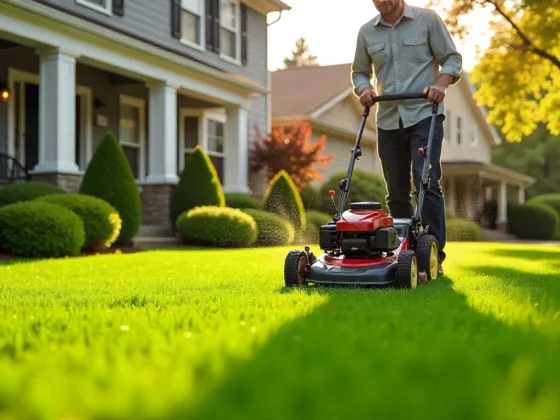Table of Contents Show
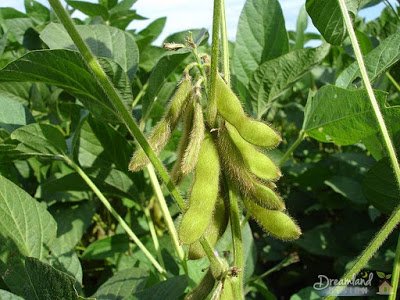 |
| When and How to Plant Soybeans |
Best Planting Time
Due to the soil conditions, early May is typically the optimal time to prepare and plant soybeans. If you want to have the best possibility of a successful crop, you cannot rely on the date alone. Soil temperatures below 55 degrees Fahrenheit are too cold for soybeans to successfully germinate and produce healthy plants. The seed will struggle in lower temperatures, leaving it susceptible to disease. Ensure that the soil has had sufficient time to warm to at least 55 to 60 degrees before planting.
Soil Content and Preparation
Well-drained, nutritive soil provides the best results when you plant soybeans. If the plot of land is heavy in clay, it can be lacking in nutrients, which may prevent soybean plants from thriving. Clay absorbs large amounts of water, creating a heavy, wet compound that can crust over and harden as it dries, suffocating the seeds. Like many of us, soybeans love sunlight. Select an area that receives full sun, around six to seven hours per day.
Increase your chances of success in low-quality soil and high clay content by working in peat moss or high-nutrient potting soil and sand until the mixture is evenly blended with all three, reducing the saturation of the clay to prevent heavy water absorption. The peat moss or nutritive soil will distribute needed nutrition for young soybean plants to thrive. Work in the soil additives thoroughly to aerate the soil bed. Aeration will encourage draining and water distribution for the plant roots.
Depth and Spacing
Create planting rows that are approximately 24-inches apart. 24 inches provides an ideal spacing so that the canopy will close and significantly reduce the risk of weed development as the plants grow and flower.
How to plant the actual soybeans? Plant the soybean seeds two inches apart, in holes that are approximately 1-1/2 inches deep. Plant the seeds closer to 2 inches deep if the soil has a large sand content or is slightly dry. Do not plant the seeds below 1-inch deep if the planting area is cool and damp, because the cooler temperatures and retained moisture can prevent the seeds from germinating properly. Do not plant soybean seeds below 2-inches deep. The soil depth will keep the seeds from sprouting and breaking the planting surface.
Seed Treatments and Watering
You can treat your soybean seeds with fungicide if you choose, but the seeds do not require it if planting conditions are appropriate. Warm soil temperature is the key to success. Fungicide treatment will likely only increase germination success by 5 to 10 percent if germination rates are below 85 percent, but if the germination rate is 85 percent or better, fungicide treatment will offer very little benefit.
If you plant your soybeans in an area that has not produced a soybean crop in at least five years, treat the seeds with a nitrogen-fixing treatment, either seed or soil amendment, to provide substantial nitrogen for the sprouting plants. If your planting area has been flooded since the last successful soybean crop, you should treat the soil or seed as well.
Water your seeds thoroughly when you first plant the seeds and keep the soil moist until they sprout. Growing plants require up to 2.5 inches of water every week from rain, watering or a combination of the two.
Harvest
Soybean plants are harvest-ready in about 80 to 85 days. The pods will appear full when they are ready for harvest. Succession-plant your soybean seeds over four to five weeks if you want an on-going harvest over several weeks at the end of their growing season. Now you know how to plant soybeans yourself, so go ahead and enjoy this nutritious crop.
References
- National Soybean Research Library: Soybean Production Basics
- North Carolina Department of Agriculture: AG’s Cool Soybeans
- North Dakota State University: Soybean Growth and Management

